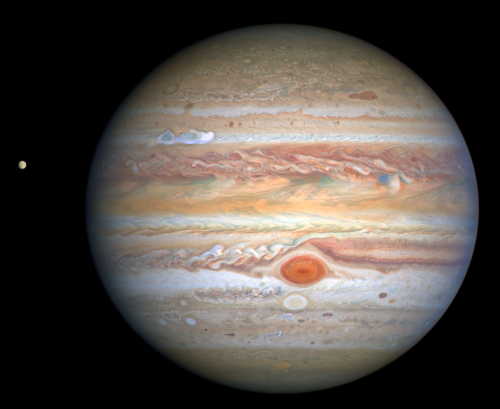Members-only resort club teams up with Space Perspective for stratospheric balloon rides
Capitalism in space: Space Perspectives, which hopes to fly commercial tourist balloon flights to the stratosphere has teamed up with the members-only resort club Exclusive Resorts for future flights.
Space Perspective is partnering with the members-only vacation club Exclusive Resorts, which will become the first privately chartered travel group to fly aboard Spaceship Neptune, a pressurized capsule carried by a massive balloon, representatives of both outfits announced Wednesday (Sept. 16).
“The club has always sought ways to give members once-in-a-lifetime opportunities to see and explore the world in transformational, meaningful ways,” Exclusive Resorts CEO James Henderson said in a statement. “Our partnership with Space Perspective will offer our members a unique view of our planet that only a few people have ever had the opportunity to experience.”
No ticket price has yet been announced. They hope to do the first commercial flights by 2024.
Capitalism in space: Space Perspectives, which hopes to fly commercial tourist balloon flights to the stratosphere has teamed up with the members-only resort club Exclusive Resorts for future flights.
Space Perspective is partnering with the members-only vacation club Exclusive Resorts, which will become the first privately chartered travel group to fly aboard Spaceship Neptune, a pressurized capsule carried by a massive balloon, representatives of both outfits announced Wednesday (Sept. 16).
“The club has always sought ways to give members once-in-a-lifetime opportunities to see and explore the world in transformational, meaningful ways,” Exclusive Resorts CEO James Henderson said in a statement. “Our partnership with Space Perspective will offer our members a unique view of our planet that only a few people have ever had the opportunity to experience.”
No ticket price has yet been announced. They hope to do the first commercial flights by 2024.









